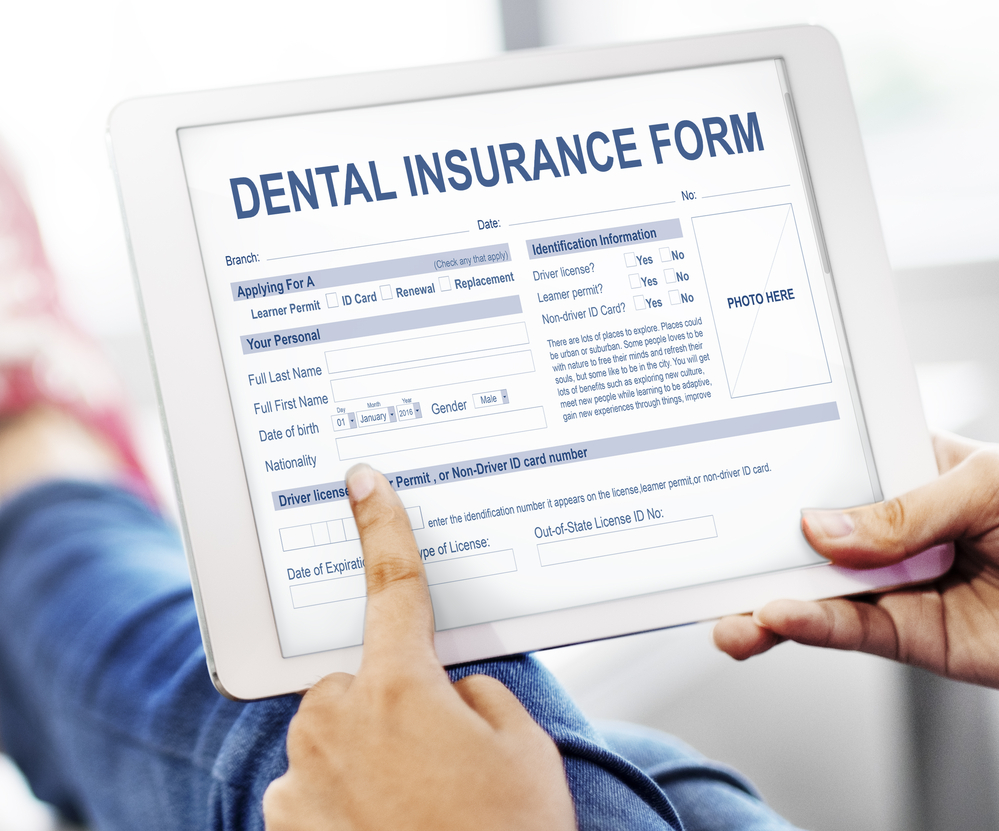 Dental insurance isn’t quite as complex as health (or medical) insurance, but it’s still not a walk in the park. Even though more than half of U.S. adults reported visiting the dentist within the past year, few people understand just what their dental coverage can offer outside of routine care and cleanings.
Dental insurance isn’t quite as complex as health (or medical) insurance, but it’s still not a walk in the park. Even though more than half of U.S. adults reported visiting the dentist within the past year, few people understand just what their dental coverage can offer outside of routine care and cleanings.
Just like all types of insurance, dental insurance also has premiums and deductibles, as well as different types of coverage to choose from.
Routine Treatments Might Be Covered
A lot of dental insurance plans provide full coverage for cleanings, annual or semi-annual checkups, and even fillings. Before you see a dentist, check your coverage so that you can maximize it. Even if that means switching providers, it might be worthwhile depending on how much you can save.
Check the Allowances
Many workplace dental policies include allowances for things like braces and other orthodontic work. Some people assume that these services are automatically excluded or that they’re part of regular dental coverage (neither of which are true). You’ll want to check the allowances carefully before paying for braces out-of-pocket.
Dental Insurance Is NOT Included with Health Insurance
Some people errantly assume that dental and vision coverage come with any health plan. Unless you are getting benefits from an employer that include comprehensive coverage, however, you’ll have to purchase dental coverage separately. If you are buying your own insurance, this is important to note.
Some Plans Have Waiting Periods
When buying dental insurance, you’ll find that you might not be able to get treatment right away. Depending on your needs, some waiting periods can be up to 90 days or more. Preventive and routine care aren’t usually included, but things like restorative dentistry or orthodontics, you might have to wait.
Coverage Doesn’t Carry Over
Most dental plans include coverage for “x” number of checkups or cleanings each year. If you don’t use them, you lose them. You can’t stockpile them for future use- but then, you don’t really need to since you only really need two cleanings a year per most dentists, anyway. Still, it’s important to use what you have so you don’t waste the insurance.
It’s All About Proactive Care and Prevention
Like health insurance, dental coverage is designed to help offset the costs of routine care so that you don’t end up needing extreme, expensive procedures that can set you (or the insurance company) back thousands of dollars. Most dental insurance includes high co-payments and deductibles for restorative and cosmetic care, as well as other “nonessential” services.
Some people who need more in-depth dental work may want to instead invest in an HAS or just start saving their money to pay for the services out-of-pocket. In many cases, providers offer payment plans and assistance for anyone, whether they’re using insurance or not. In any case, take a little time to understand dental insurance and your other financial options so that you can make the best choice for your oral health and your budget.







